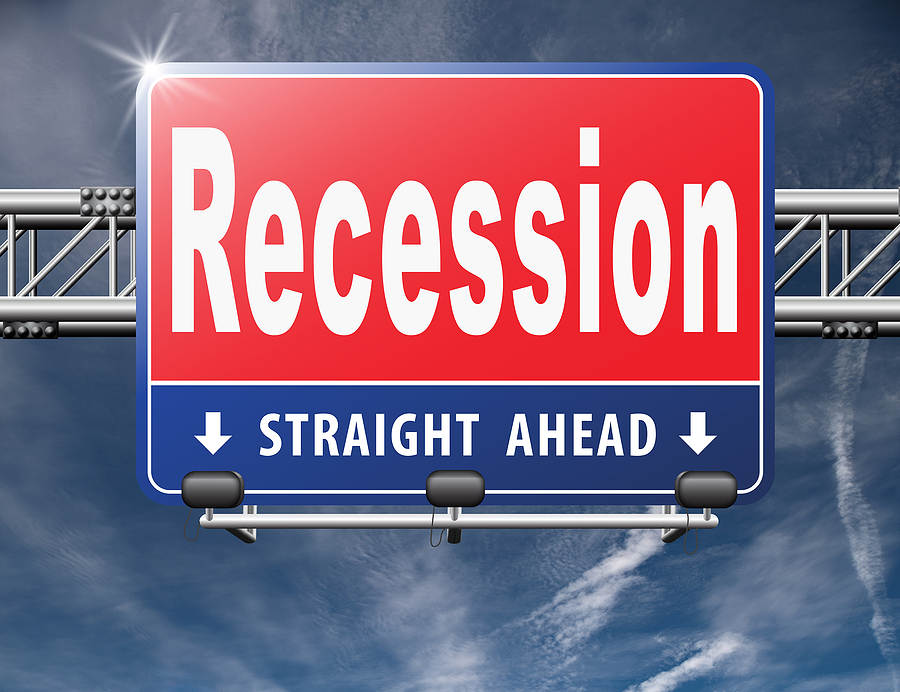When Federal Reserve Chair Jerome Powell told reporters last week he wanted to avoid “further cooling” in the labor market, it was taken as a sign that an interest rate cut was on the horizon.
Two days later, the U.S. hit its highest unemployment rate since President Joe Biden’s first year in office. Markets plummeted across the globe on Monday, particularly in Japan where the central bank is considering more interest rate hikes. Markets quickly began to recover, but not before economists and market analysts began throwing around the “R” word.
Recession.
“It’s starting to look like a recession,” Jai Kedia, a research fellow with the Cato Institute, told InsideSources.
“Right now the data I’m seeing points to a recession either has begun in July or it’s beginning this month of August,” Heritage Foundation economist E.J. Antoni told WPHT radio’s Matt Rooney on Sunday. “So my guess is, when they finally backdate the recession, that’s when they’ll say it started.”
The economy added 114,00 jobs last month. But unemployment was 4.3 percent, according to the Bureau of Labor Statistics (BLS). An estimated 7.2 million Americans are unemployed, up from 5.9 million this time last year.
The manufacturing industry contracted for the fourth month in a row, according to the Institute for Supply Management (ISM) a nonprofit that tracks business purchasing data. As a result, the sector has seen job losses in 20 of the last 21 months. That led manufacturers to slow production last month due to decreased demand.
The Fed has been trying to avoid a so-called hard landing for the economy since inflation spiked to nine percent in June 2022. A so-called soft landing is when interest rates rise but there’s no unemployment spike.
Congressional Republicans blame Bidenomics for the economic turmoil.
Ways and Means Committee Chairman Jason Smith (R-Mo.) said the Biden-Harris administration’s increased government spending has caused many companies to replace full-time jobs with part-time jobs. Federal spending surged to more than $25 trillion during Biden’s presidency. The nonpartisan Congressional Budget Office projected a deficit of $1.9 trillion this year. The national debt passed $35 trillion last month.
Another troublesome factor is the recession indicator developed by the Federal Reserve Bank of St. Louis. The real-time Sahm Rule Recession Indicator suggests a recession starts when the average unemployment over the previous three months hits .50 percent compared to the average low during the past year.
That means America’s economy is slowing down.
But economists cautioned against a definitive declaration that the U.S. is entering a recession.
Dr. Claudia Sahm, the Brookings Institute economist who created the Sahm rule, suggested the current data is distorted due to the pandemic-created recession of 2020 and increases in immigration. At the same time, Sahm noted “the risks of a recession have risen.”
Even though Kedia was discouraged by the July numbers, he said he thinks it could be a “rebalancing in the macroeconomy” and not the start of a trend. He’d rather wait to see if the poor employment numbers stretch for several quarters.
Other economists acknowledge the forecast is gloomy.
A group of Goldman Sachs economists said there’s a 25 percent chance of a recession happening in the next 12 months.
“Something needs to change for the labor market to remain relatively healthy, but it’s unclear if that change can come in time,” wrote Nick Bunker the Economic Research Director for North America at Indeed Hiring Lab.
Patrick Horan, a research fellow at the Mercatus Center at George Mason University, told InsideSources there are warning signs that the “economy is weakening.” He urged the Federal Reserve to cut interest rates.
The only question is ‘When?’
Sen. Elizabeth Warren (D-Mass.) pressed Powell to get started on the interest rate cut as soon as possible.
That’s not likely to happen.
“If the question is, ‘should the Fed consider an intermeeting cut now?’, we think history says, ‘no, not even close,’” wrote Bank of America economist Michael Gapen in a research note after the Monday stock market slide.
Republicans want Powell to delay any interest rate cut until after Election Day. They say any cut now could signal that the Fed wants Democrats to remain in the White House.
That’s also not likely.
More than 80 economists told Reuters last month they expected a rate cut in September. And 70 of those economists suggested the Fed would cut rates twice in 2024 with the second happening in December.
Kedia argued the Fed’s inaction on interest rates could cause the U.S. economy to further contract. And while inflation hasn’t hit the 2 percent level the central bank prefers, he advised the Fed to cut rates now “with the expectation” of inflation eventually hitting the 2 percent mark. That could happen in 2026, at the earliest.
Inflation has remained above the Fed’s 2 percent mark for 39 months.
Please follow DVJournal on social media: X@DVJournal or Facebook.com/DelawareValleyJournal

